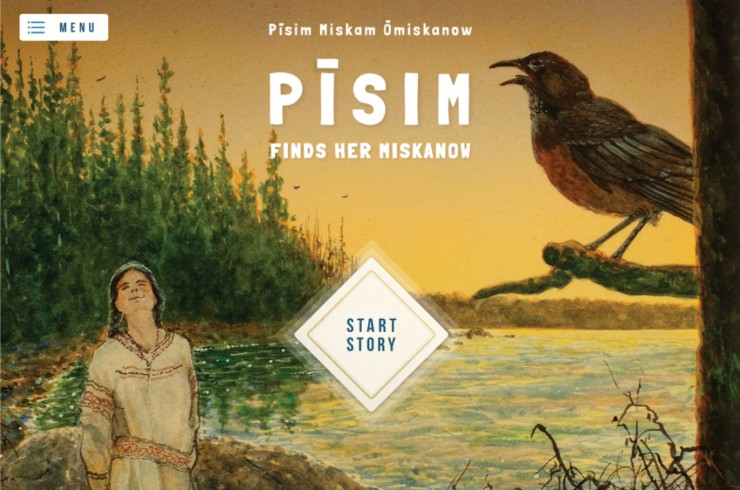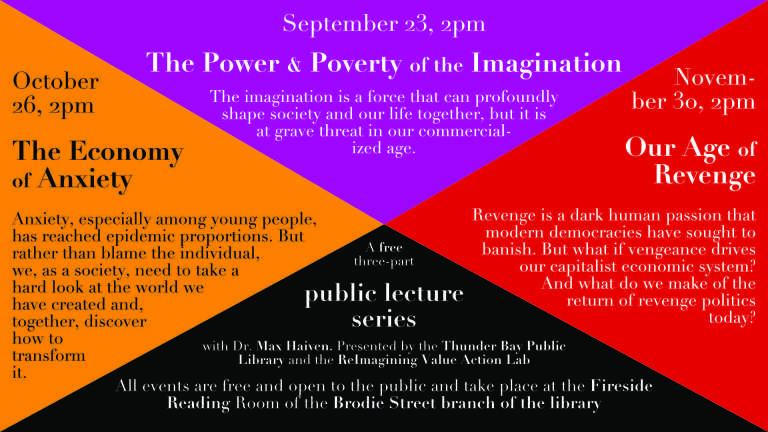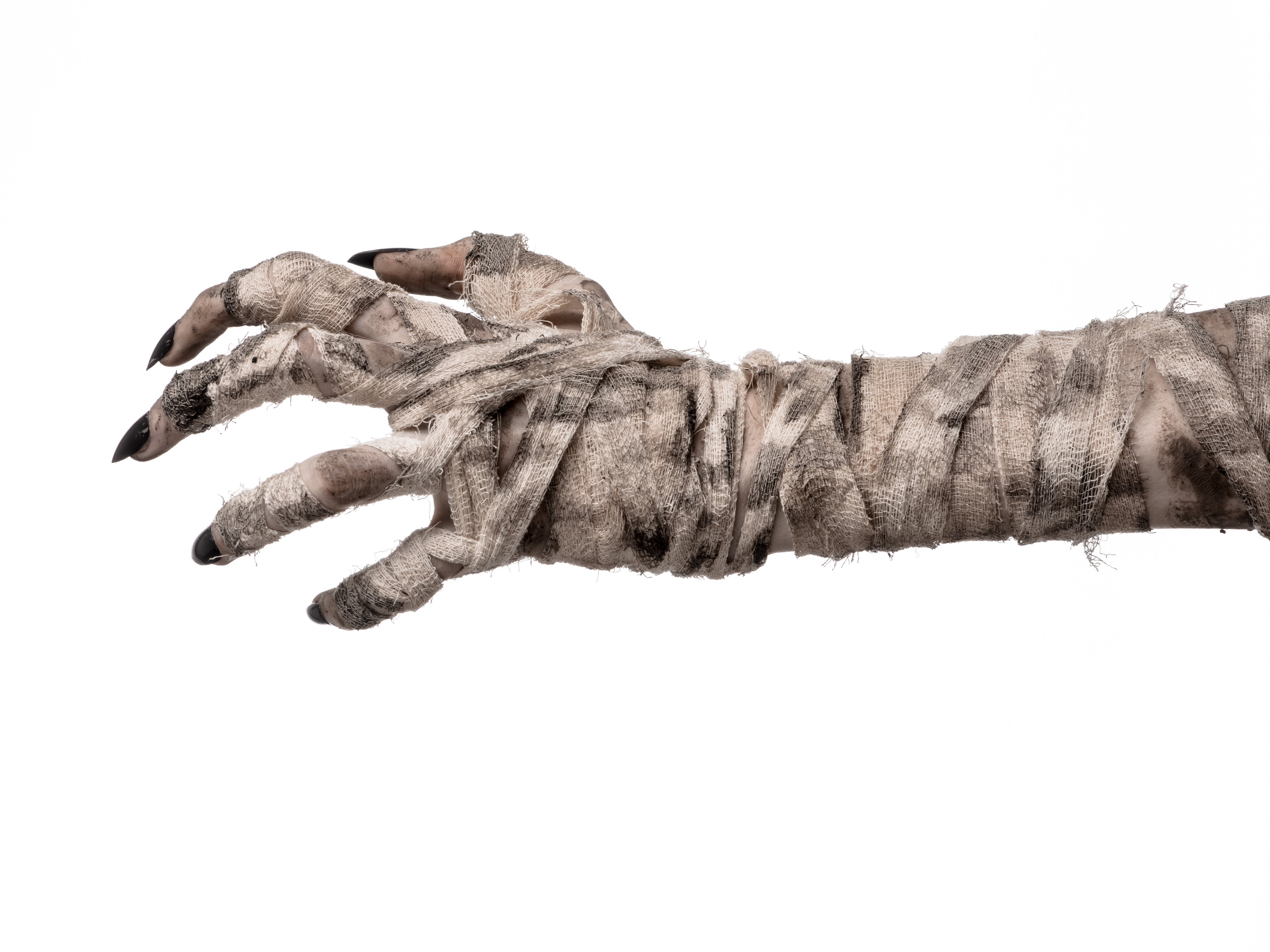Lakehead University invites the community to celebrate Homecoming Weekend, Oct. 3 to 5
September 27, 2019 – Thunder Bay, Ont.
Lakehead University will host its annual Homecoming Weekend Thursday, Oct. 3 to Saturday, Oct. 5.
Homecoming celebrates Lakehead University’s past and present, bringing alumni home to engage with each other and participate in a full weekend of events. Guests will enjoy exciting varsity sports and social events held over three days.
“Lakehead has more than 63,000 alum around the globe,” said Debra Woods, President of the Alumni Association of Lakehead University. “During Homecoming we look forward to seeing alumni and celebrating their achievements since graduating from Lakehead.”
Tom Warden, Lakehead’s Director of Athletics, is looking forward to recognizing exceptional athletes during Saturday’s Wall of Fame Induction ceremony:
“It’s a chance to honour those who have made great contributions to sport and supported the Athletics Program at Lakehead University,” Warden said, adding that he also hopes to see many fans cheering on the Thunderwolves in basketball games being played over the weekend.
The year 2019 marks the 50th anniversary of the Varsity Wrestling Program at Lakehead. Dozens of former wrestlers and coaches are expected to travel to the city to celebrate the programs legacy at various socials held throughout the weekend.
The community is welcome to attend events like the celebration of the new Alumni House, located at 1294 Balmoral St., an evening of foreign films held at the Bora Laskin Faculty of Law, a coffee tasting in The Study featuring alumni coffee roasters and a selection of brews from local shops. The weekend ends with the Alumni Honours Dinner, celebrating the exceptional achievements of Lakehead graduates.
For information about Homecoming, how to register and travel discounts for out-of-town guests, visit lakeheadu.ca/homecoming.
Schedule
Social Events
Thursday, Oct. 3
- 3 pm – Alumni House Open House – 1294 Balmoral St., ribbon cutting at 3:30 pm.
- 6 pm – Women’s Basketball vs. Manitoba Bisons – CJ Sanders Fieldhouse
- 7 pm – Foreign Film Night – Bora Laskin Faculty of Law – PACI – 401 Red River Rd.
- 7 pm – Wrestling Meet and Greet – Prospector Steakhouse
Friday, Oct. 4
- 12 pm – Men’s Basketball vs. Winnipeg Wesmen
- 1 pm – Lakehead Archives Open House – Chancellor Paterson Library – fifth floor
- 2 pm – School of Kinesiology Open House – CJ Sanders Fieldhouse
- 2 pm – Women’s Basketball vs. Manitoba Bisons – CJ Sanders Fieldhouse
- 4 pm – Coffee Tasting ft. Alumni Roasters and Local Coffee Houses – The Study Coffeehouse
- 7 pm – Wrestling 50th Anniversary Reception – Victoria Inn and Convention Centre
Saturday, Oct. 5
- 11 am – Wall of Fame Symposium, The Hangar
- 11:30 am – Wall of Fame Induction Ceremony, The Hangar
- 1:30 pm – Alumni Social, The Hangar Lounge
- 2 pm – Zanatta Basketball and Volleyball games, CJ Sanders Fieldhouse
- 6 pm – Alumni Honours Dinner, Residence Cafeteria *SOLD OUT EVENT*
Lakehead University will celebrate the achievements of the following exceptional alumni at the 2019 Alumni Honours Dinner, which is sold out, on Saturday, Oct. 5 at 6 pm.
ALUMNI HONOUR AWARD
- Dr. Donald Chow (BSc ‘77) (will be honoured at a future Lakehead event)
- Dave Siciliano (BA ‘69)
OUTSTANDING YOUNG ALUMNI AWARD
- Rosa Carlino (HBComm ’08, MSMGT ‘10)
ALUMNI LEGACY AWARD
- Jim Eccles (posthumously)
- The Paterson Family (will be honoured at a future Lakehead event)
HONORARY MEMBERS
- Frances Harding
- Dr. Moira McPherson
- Vince Mirabelli
- Ross Murray
- Paul Weber*
*Paul Weber received his Honorary Membership during the Chancellor’s Dinner in Orillia on June 7th.
– 30 –
Media: For more information or interviews, please contact Brandon Walker, Media, Communications and Marketing Associate, at (807) 343-8177 or mediarelations@lakeheadu.ca.
Lakehead University has approximately 9,700 full-time equivalent students and 2,000 faculty and staff in 10 faculties at two campuses in Orillia and Thunder Bay, Ontario. Lakehead is a fully comprehensive university: home to Ontario’s newest Faculty of Law in 44 years, the Northern Ontario School of Medicine, and faculties of Engineering, Business Administration, Health & Behavioural Sciences, Social Sciences & Humanities, Science & Environmental Studies, Natural Resources Management, Education, and Graduate Studies. Maclean’s 2019 University Rankings place Lakehead University among Canada's Top 10 primarily undergraduate universities and in 2018 Research Infosource named Lakehead Research University of the Year in its category for the fourth consecutive year. Visit www.lakeheadu.ca.










